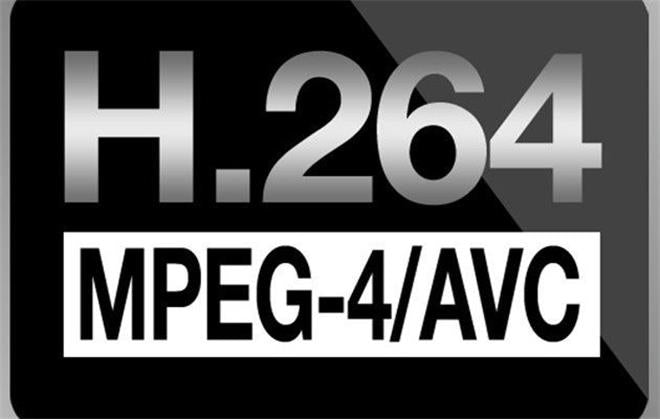Is H.265 better than H.264?
Aug 05, 2021
When you start first streaming, you have to think about codec. The output encoding and bit rate determine the quality of your picture. Video codecs and compression standards are important parts of streaming online.
What is codec?
The codec consists of two parts: coder and decoder. Video and music files are huge, which means they are usually difficult to transfer over the internet. To speed up downloads, algorithms encode, or shrink, a signal for transmission and then decode it for viewing or editing. Without codecs, downloads of video and audio would take three to five times longer than they do now.
While there are a wide variety of possible codecs that can be used, it’s essential to find one that offers better image quality or a lower compressed bitrate for better streaming results.
What is H.264?
H.264 is an industry standard for video compression, the process of converting digital video into a format that takes up less capacity when it is stored or transmitted. During this process, he digital file is compressed to a smaller size to make it easier to stream without lagging and long download times, and the file is converted into multiple formats that are playable on specific browsers and devices. This process can take place directly on a camera, through a specific video encoding software such as Dacast, or in a mobile streaming application. An encoder converts video into a compressed format and a decoder converts compressed video back into an uncompressed format.
In short, H.264 has allowed video producers and viewers greater, easier access to better-quality streaming video on a broader variety of streaming platforms.

What is H.265?
H.265 is a video compression standard that was designed for the newest generation of high-resolution video. Compared to H.264, this newer standard offers from 25% to 50% better data compression at the same level of video quality therefore reduced required bandwidth, of your live video streams. 265/HEVC supports resolutions up to 8192×4320, which includes 8K UHD as well.

Which one is better?
Generally, H.265 offer performance advantages compared to H.264. For example, H. 265 HEVC is known to be 40% more efficient than H. 264 with the cost of 10x more complexity. However, bear in mind that H.265 is still less common than its predecessor (H.264) in the industry. Ultimately, it’s your decision on which standard you’ll rely on to deliver live streams to your viewers.

